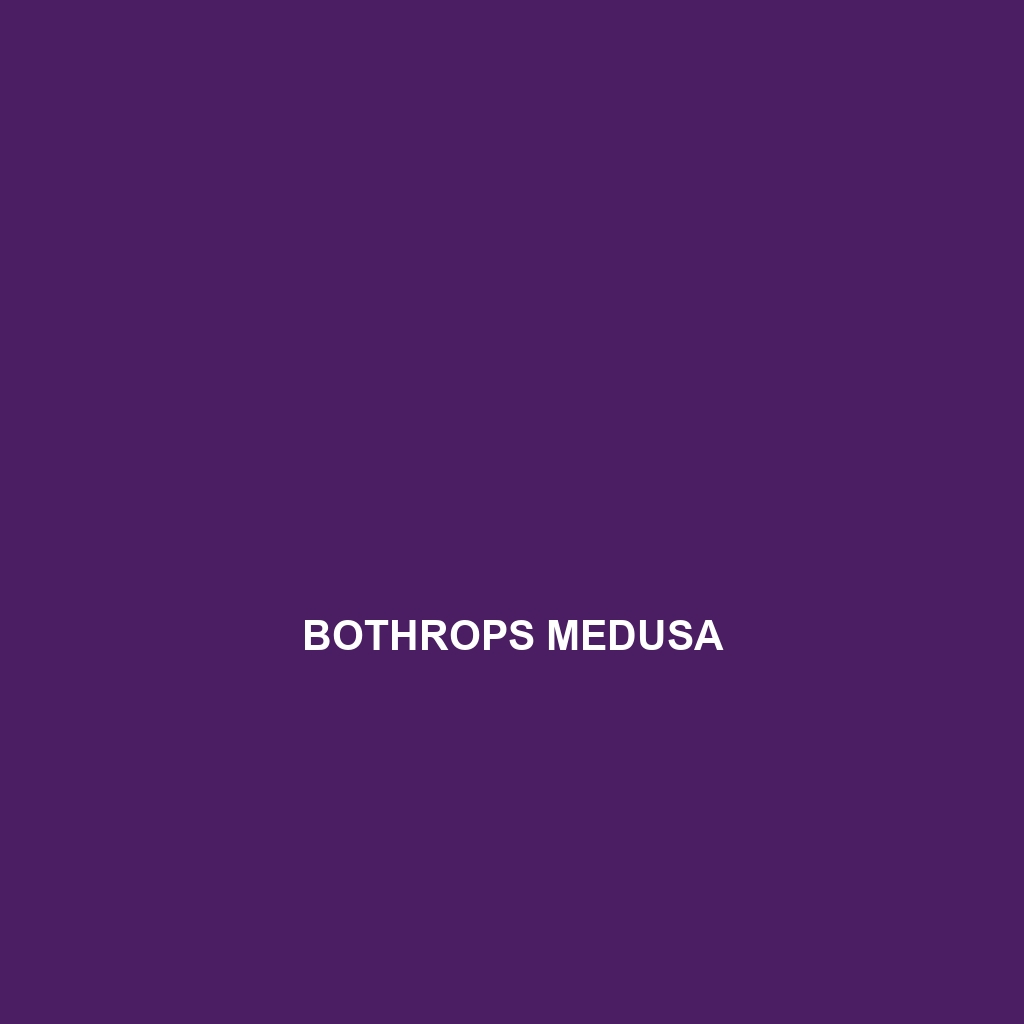Bothrops mattogrossensis – Species Description
Common Name: Bothrops mattogrossensis
Scientific Name: Bothrops mattogrossensis
Habitat
Bothrops mattogrossensis, commonly found in the lush tropical forests of Brazil, particularly in the states of Mato Grosso and Goiás, thrives in humid environments. This species prefers lowland rainforests, often residing in areas with dense foliage near rivers and streams. The warm climate and abundant rainfall provide an ideal habitat, contributing to the snake’s active lifestyle and reproductive success.
Physical Characteristics
Bothrops mattogrossensis is a medium-sized pit viper, typically reaching lengths of 1.0 to 1.5 meters (3.3 to 4.9 feet). Its coloration varies from brown to olive green, adorned with darker brown or black patterns that provide camouflage against the forest floor. Notable features include a triangular head, vertical pupils, and heat-sensing pits located between the eyes and nostrils. These adaptations not only enhance its hunting capabilities but also make it a fascinating subject for herpetologists and enthusiasts alike.
Behavior
This species exhibits primarily nocturnal behavior, becoming active during the night when it hunts for prey. Bothrops mattogrossensis is known for its ambush strategy, often lying motionless on branches or the ground, waiting to strike unsuspecting animals. Its territorial nature can lead to aggressive encounters, particularly during the mating season, adding an intriguing aspect to its social interactions.
Diet
Bothrops mattogrossensis is a carnivorous species that primarily feeds on small mammals, birds, and amphibians. Using its venomous bite, it immobilizes prey before consumption. This diet plays a crucial role in controlling local rodent populations, highlighting its significance in maintaining ecological balance. Its ability to adapt to various food sources makes it a versatile predator within its habitat.
Reproduction
The reproductive habits of Bothrops mattogrossensis involve viviparity, with females giving birth to live young. Breeding typically occurs during the rainy season, around November to February, when the environment is conducive for raising offspring. Females can give birth to litters of up to 20 young, which are miniature versions of adults and are fully independent shortly after birth.
Conservation Status
The current conservation status of Bothrops mattogrossensis is classified as “Vulnerable” due to habitat loss and degradation caused by deforestation and urbanization. Conservation efforts are critical to preserving this species and its natural habitats, emphasizing the need for protective measures and wildlife management.
Interesting Facts
One fascinating aspect of Bothrops mattogrossensis is its unique method of camouflage. This snake can blend seamlessly into its surroundings, making it difficult for predators and humans to spot. Additionally, it is known for its potent venom, which is used primarily for subduing prey, but it can pose significant risks to humans if provoked.
Role in Ecosystem
Bothrops mattogrossensis plays a vital role in its ecosystem as both a predator and prey. By hunting small mammals and birds, it helps regulate their populations, thus maintaining balance within the food web. Moreover, it serves as a food source for larger predators, contributing to the biodiversity and ecological health of its tropical forest environment.
This structured description is SEO-optimized for both human readers and search engines, utilizing relevant keywords and providing comprehensive information on Bothrops mattogrossensis.
